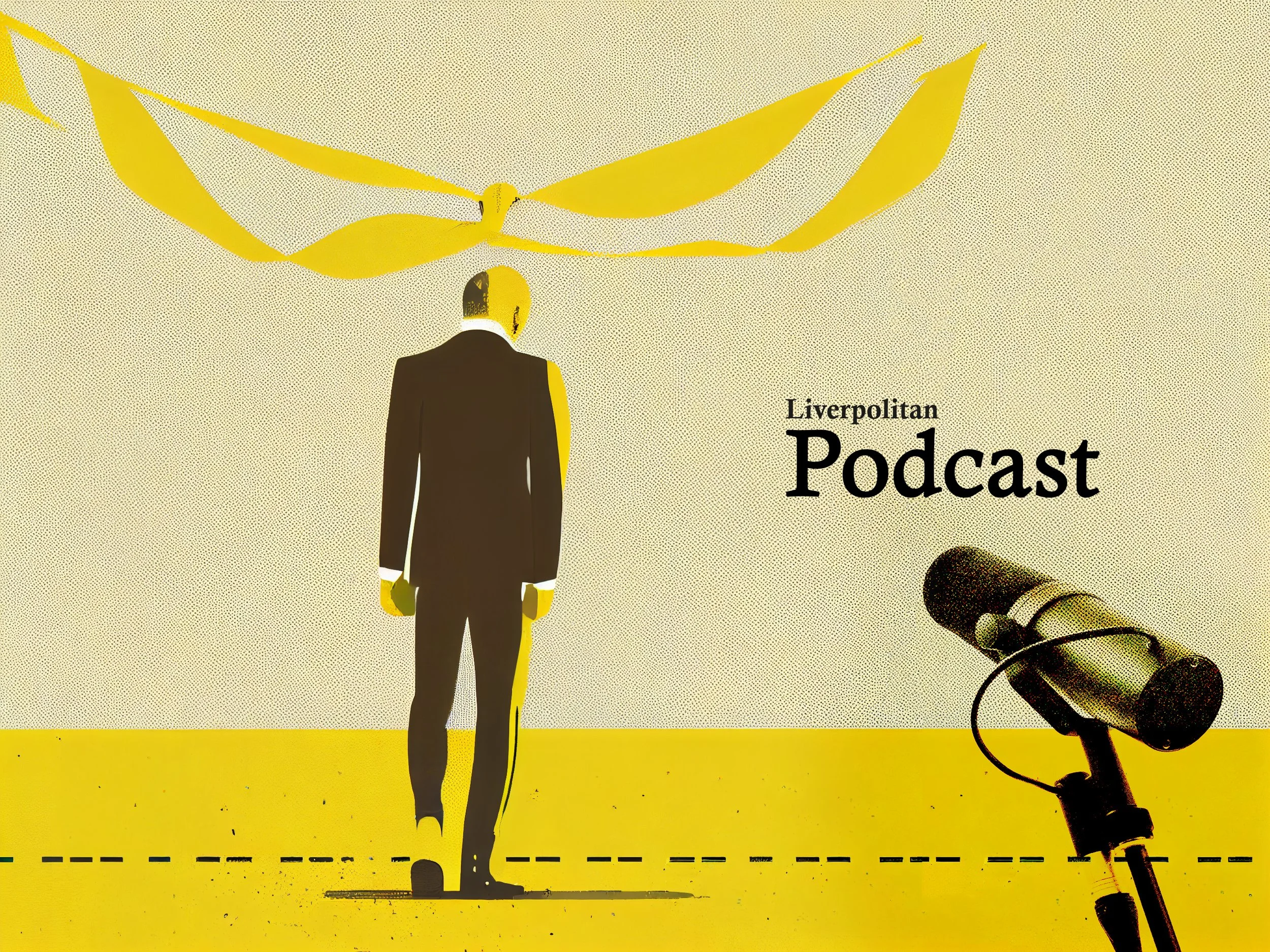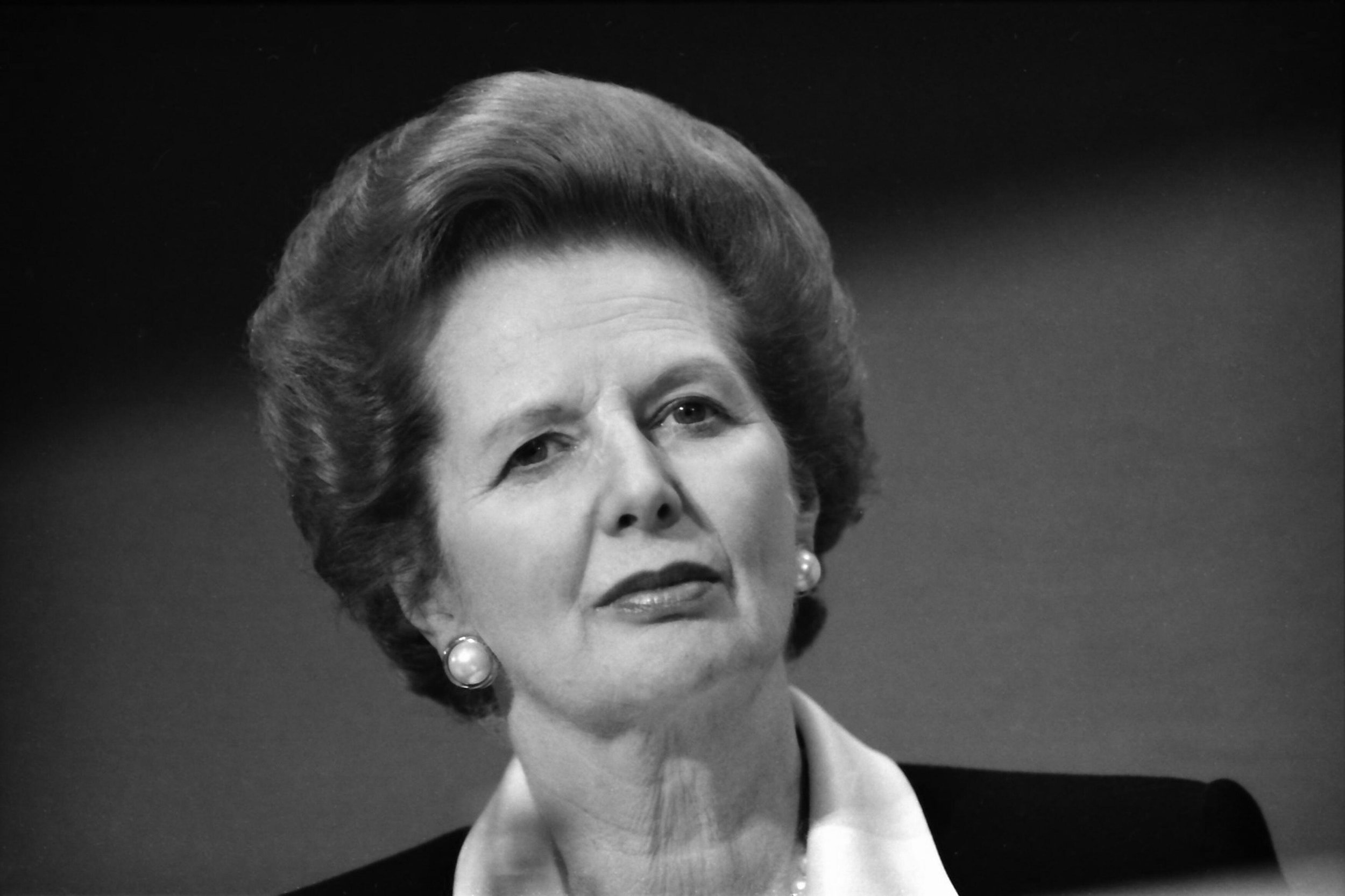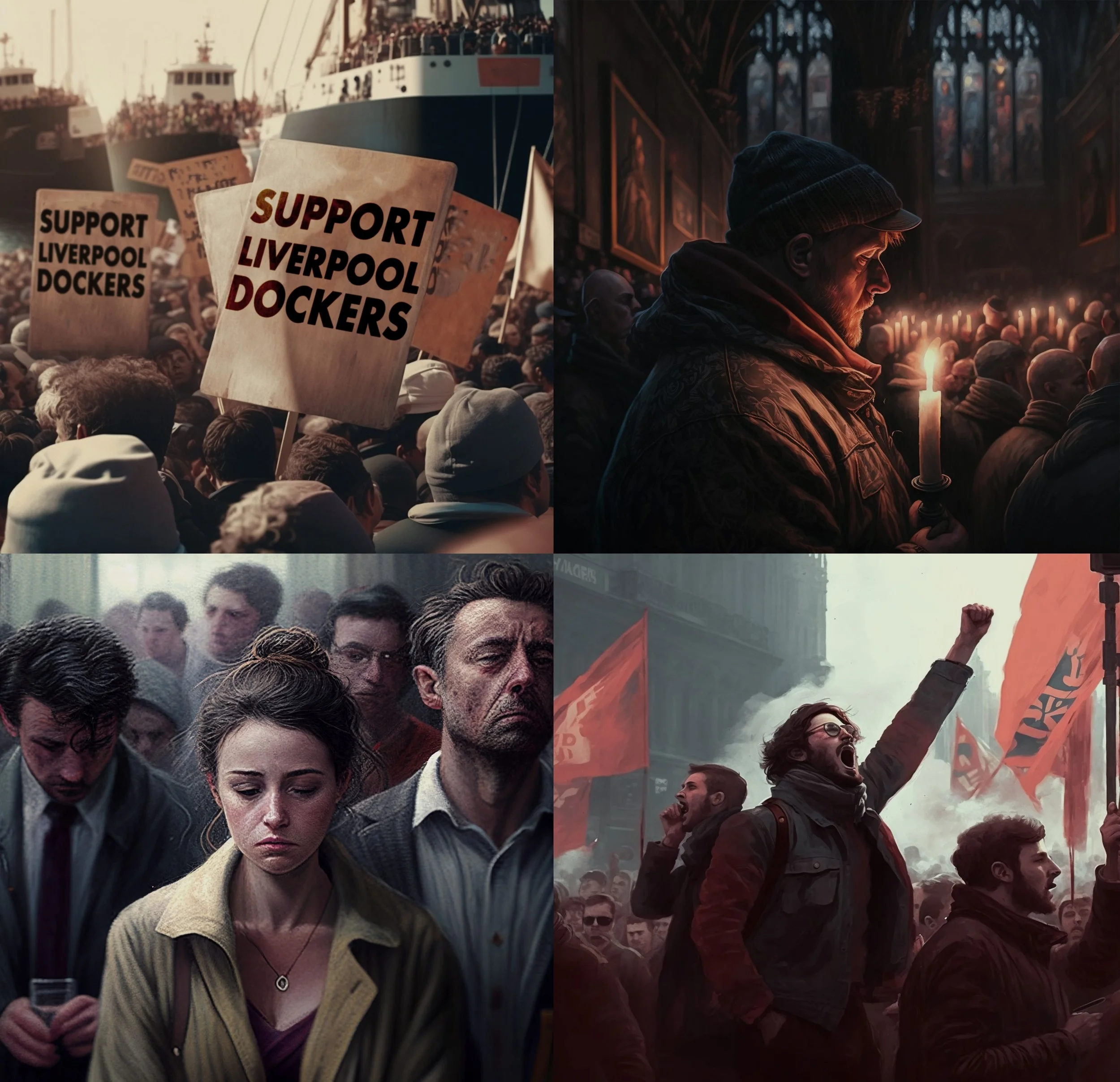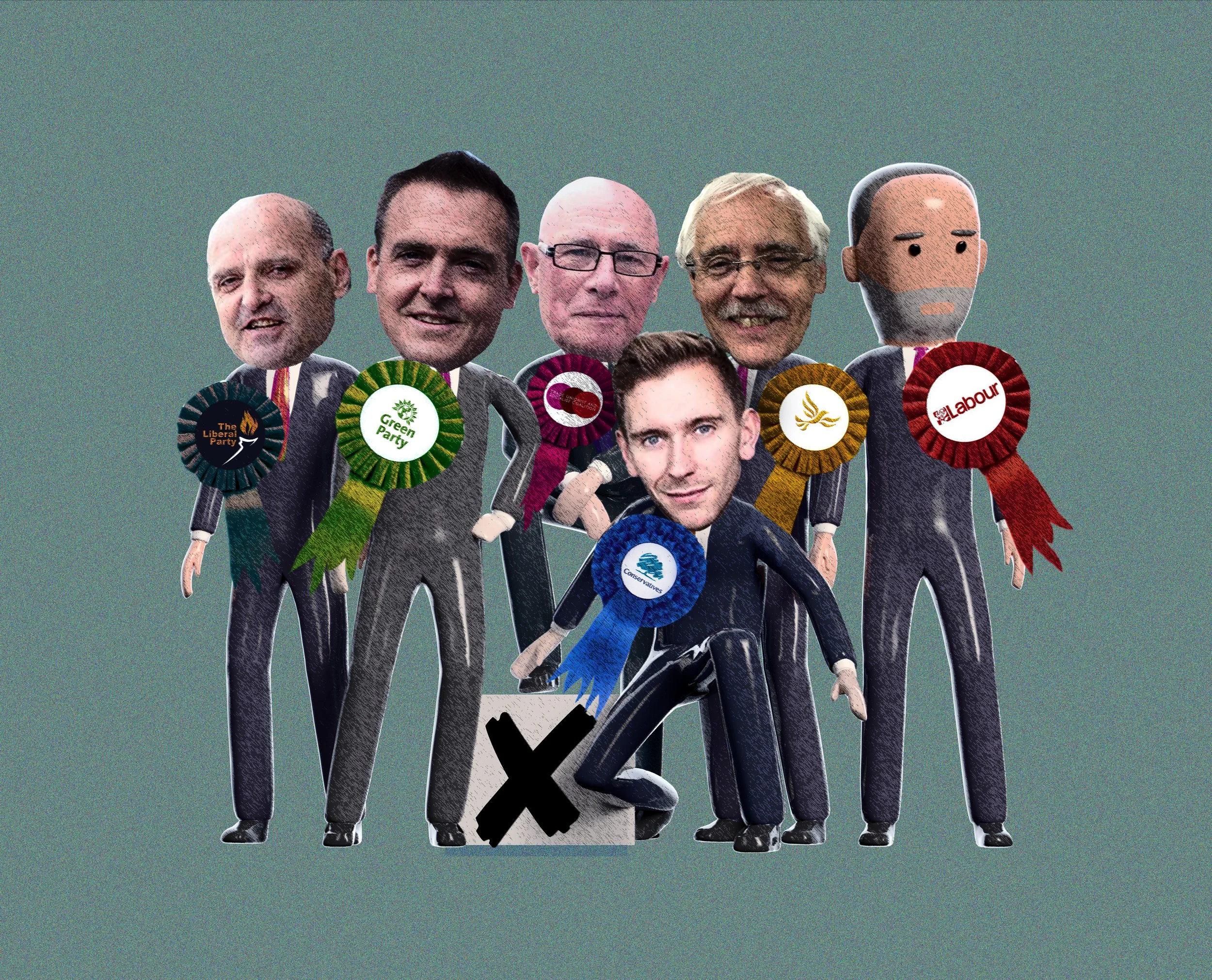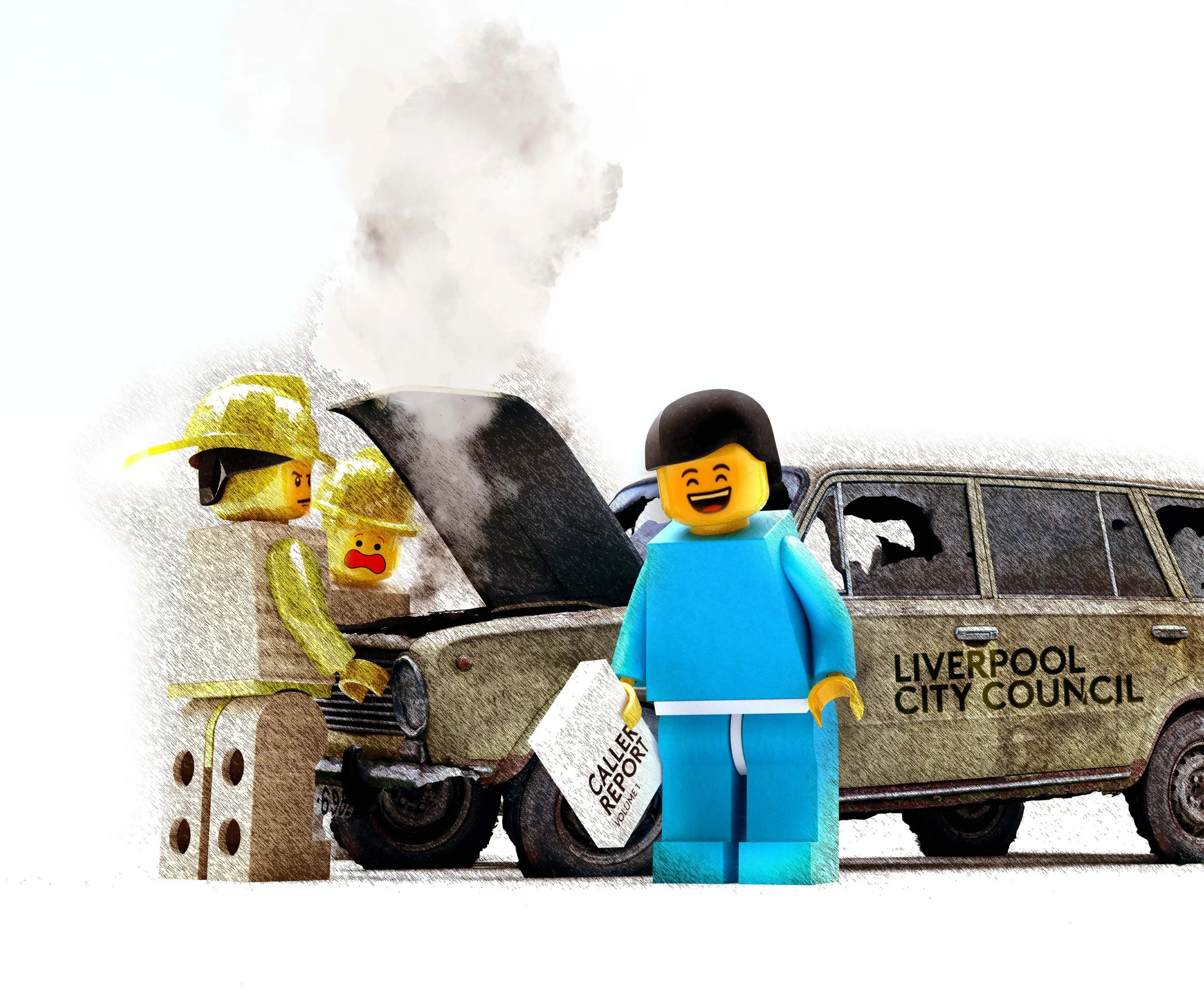Recent features
Turning the lights back on
When Covid first struck, nobody could have predicted the catastrophe it would inflict on the cultural sector worldwide. What was thought to have been little more than a rather large blip similar to the annual appearance of a new strain of influenza turned into something way more serious, closing down massive sectors of the economy and driving many to the brink of oblivion. For the cultural sector, the outlook was dire. Museums, galleries, libraries, theatres, concert halls, music venues and leisure centres all closed. The Creative Industries Federation cited research that more than 400,000 UK jobs could be lost in 2020, with the nation’s creative industries losing £1.5bn a week in revenue. However, as signs of conquering Covid become bit by bit more evident, the culture industry is slowly reopening in Liverpool and its environs. But how different will it be?
Glyn Mon Hughes
When Covid first struck, nobody could have predicted the catastrophe it would inflict on the cultural sector worldwide.
What was thought to have been little more than a rather large blip similar to the annual appearance of a new strain of influenza turned into something way more serious, closing down massive sectors of the economy and driving many to the brink of oblivion. For the cultural sector, the outlook was dire. Museums, galleries, libraries, theatres, concert halls, music venues and leisure centres all closed. The Creative Industries Federation cited research that more than 400,000 UK jobs could be lost in 2020, with the nation’s creative industries losing £1.5bn a week in revenue.
However, as signs of conquering Covid become bit by bit more evident, the culture industry is slowly reopening in Liverpool and its environs. But how different will it be?
Liverpool, after all, is an internationally recognised ‘brand’ and many of its cultural offerings are globally recognised. Names such as Tate Liverpool, the Royal Liverpool Philharmonic, The Beatles, the Walker Art Gallery and dozens more are up there with cultural icons from cities on five continents. Things will, no doubt, change particularly when most restrictions are eased from 19 July. One of the many questions which remains unanswered, though, is whether people will come back to venues in the numbers who attended before March last year.
In March this year, a five-year plan was revealed to help rebuild the sector. The grandly named Liverpool City Region Cultural Compact Strategic Action Plan says it ‘recognises the key role that arts and culture play in the city’s economy and in supporting health and wellbeing as the City Region emerges from the pandemic’. It talked about the ability of recognising the evidence of the impact of the crisis, seen in the closure of venues and 3,500 redundancies in the first six months of the crisis. It added that ‘closure of music, entertainment and performing arts venues had a catastrophic effect on other parts of the supply chain, including production services, catering and travel companies, whose social and economic impact is immense’.
So, where next?
Prior to the pandemic, according to Culture Liverpool 57,000 people worked in the City Region’s cultural sector (or in associated jobs) – double the number estimated by the Office for National Statistics. Many of these jobs are unseen by both residents and visitors. They are the people who curate exhibitions in art galleries, who write the descriptive information on museum exhibits, who light the theatre, who collate and put out the music for orchestral musicians, who run the publicity machines to get people to the venues in the first place. That’s before all those who serve in theatre bars, museum coffee shops, art gallery shops and all the other support staff.
But many of those jobs have gone. Getting them back may be more of an uphill struggle than many realise.
The five-year plan has put three key strategies into place to ease the way along the path to recovery. Creative Communities will champion community-led transformation and develop assets within communities across the City Region. Creative People will support and facilitate artist-, practitioner- and community-led cultural and creative interventions with the City Region cultural programmes, while Creative Place will prioritise the influence and role of arts and culture and regeneration of the City Region.
The seriousness of the situation was revealed when National Museums Liverpool set up an appeal in order to avoid losing jobs. Donations from the public dropped 95%, since all seven venues attracted 200,000 visitors in 2020. The normal footfall tops 3m.
“We usually get £400,000 a year through donation boxes so you can see how devastating that is,” said Head of Development Rowena Dean. Towards the end of the year, around 100 jobs came under threat as the Museums’ total income fell by about £5.9m. There was funding from Government but that does not cover everything, with Dean revealing that, for every £1 which comes in grants, 45p needs to be raised locally – from shops, cafes and donations. “Even while we have not had visitors in the building, the work still goes on. We’ve still been feeding the fish, caring for the collections, planning exhibitions, looking after those buildings. So a huge amount has been going on.”
Theatres and music venues have been closed and, now that many may reopen again, audiences must be socially distanced. That means a concert by the Royal Liverpool Philharmonic Orchestra can be attended by 300 people in the hall – which is about a sixth of the venue’s capacity. Liverpool Cathedral can accommodate only 200 in the vast central space – whether for a service or for a performance of some kind.
The Philharmonic, however, attracted national media attention for its innovative online offer. Concert-goers who could not attend the live event could pay £10 and watch a recording of the event as many times as they wished within 30 days. That helped the venue recoup some of the millions it lost in non-existent box office revenue - £2.5m, as reported in the Daily Telegraph in June 2020. That figure has surely rocketed since then. Social distancing not only restricts audience numbers but also the amount of musicians allowed on stage – a maximum of 35 at present.
Any choir – unless professional – cannot perform at present, so large organisations such as the Royal Liverpool Philharmonic Choir or the Liverpool Welsh Choral are silenced. That has led members from the thousands of other choral outfits nationwide to take to a frantic social media debate asking why singing is seen as highly dangerous, yet shouting or cheering at a sports event is perfectly acceptable. In all, something like 2m singers have been silenced nationwide since March 2020 as rehearsals and performances for all but a very limited group are banned.
The seriousness of the situation was revealed when National Museums Liverpool set up an appeal in order to avoid losing jobs. Donations from the public dropped 95%…
According to a worried yet optimistic chief executive of the Phil, speaking to the Daily Telegraph a year ago, there are fears for the future. “The hope is that we come through this not only successfully, but strengthened,” said Michael Eakin, “because one of the things that gives me hope is that I can see that people can see the value of this when it’s not around.”
Liverpool’s music scene is, of course, far more than the Philharmonic. The M&S Bank Arena has seen its programmes decimated as have places such as the O2 Academy and the various Liverpool venues it manages, such as the Guild of Students or the Arts Club. The myriad other venues which make up what could be described as Liverpool’s gig economy have had to rein their respective programmes which means that it is not only large theatres with labour-intensive touring productions which have been affected but also everything else, right down to the folk duo playing in a street-corner pub who have seen their livelihoods virtually terminated.
The same goes for theatres and cinemas. The Playhouse can admit 150 patrons – normally 680 – while the Everyman sells 72 seats for each performance, instead of 405. Groups of cinemagoers must keep apart which, in turn, affects revenue. How all this will change after 19 July remains to be seen and plans so far appear sketchy.
Even outdoor events, such as the giant artworks planted around the city, part of Liverpool Biennial – the UK’s largest festival of contemporary art – came a cropper. Thousands of people turned up to see the installations which immediately attracted criticism because of a lack of social distancing. These were, of course, people venturing out for some sort of entertainment often for the first time in months, so they could hardly be blamed.
All is far from lost, though, and there are positive signs for the future. The Shakespeare North Playhouse opens in Prescot in summer 2022. The new 400-seat Tung Auditorium, in the Yoko Ono Lennon Centre on Grove Street, opens later this year and will become the home of the Philharmonic’s contemporary music outfit, Ensemble 10/10. The Liverpool Theatre Festival will go ahead in September. A new chamber music festival has been set up in Wirral, and takes place this month. Add those – and many other events – into an incredibly vibrant cultural offering, and it is possible to take some comfort from the herculanean efforts made to keep the arts afloat.
Independent research commissioned by the Visitor Economy Team at Liverpool City Region Local Enterprise Partnership in 2018 showed that 67.3m people visited the region – 61m just for the day, and 5.5m as staying visitors. The economic value of the visitor economy had grown 5% per year for five years and stood at just under £5bn pumped into the local economy. Somewhat ominously, Peter Sandman, Head of Visitor Economy for the LEP spoke of underlying concerns which could hamper growth in the next five years. “In 2018, Liverpool slipped from fifth to sixth place in terms of popularity with overseas visitors,” he said. “Similarly, the reliance on domestic markets to sustain this level of performance while the implications on border controls as the UK leaves the EU for key inbound markets may also affect performance.”
That view must, surely, be radically different now. Quite how the City Region rebuilds its cultural offer remains to be seen. Tentative steps are being made on the footpath back to normality for the formidable culture offering in Liverpool City Region. But how are we going to countenance the new normal?













